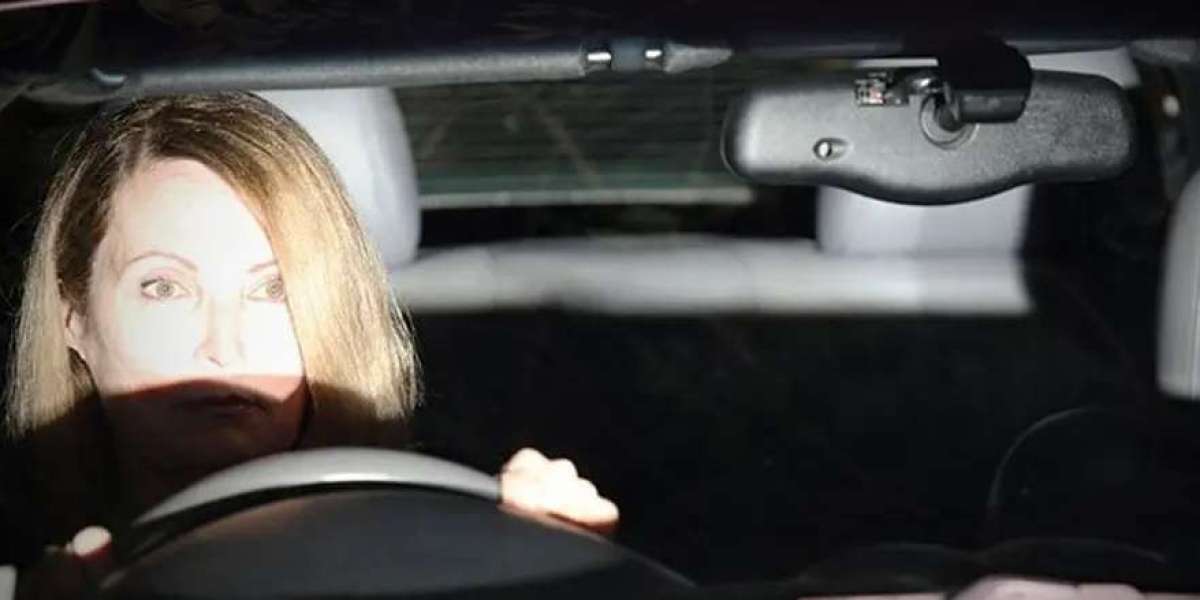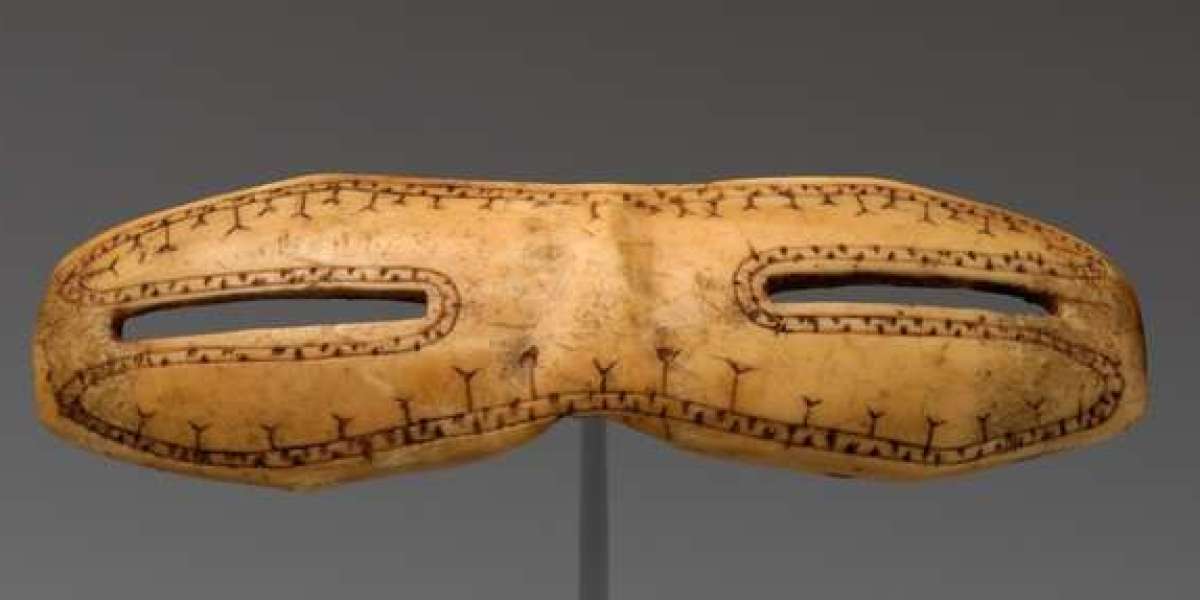article image source: RAC – Everything you need to know about headlight glare rac.co.uk (link)
How to Deal with Headlight Glare: A Complete Guide for Safer Night-Time Driving
Headlight glare is becoming one of the biggest concerns for UK drivers, especially during darker winter months. This article explains why glare is getting worse, how it affects road safety, what the law says, and—most importantly—practical steps every motorist can take to reduce glare, protect their vision and stay confident on the road.
advertisement
How to Deal with Headlight Glare
As daylight hours fade and more drivers find themselves travelling after dark, headlight glare has emerged as one of the most common complaints on UK roads. New research shows that dazzling headlights now make four-in-five drivers feel nervous in winter, with many saying modern lights are simply too bright. But glare isn’t just annoying—it can temporarily blind, slow your reaction times, and make night-time driving significantly riskier.
This guide breaks down why glare happens, why it’s getting worse, and the best ways to protect yourself and others on the road.
Why Headlight Glare Happens
Headlight glare occurs when bright, misaligned, or poorly controlled lights create an intense visual distraction—or even momentary blindness—for other road users. Several factors make glare worse during autumn and winter:
Dirty windscreens scatter incoming light far more than clean glass.
Worn wiper blades leave streaks that distort reflections.
Fogged or dirty headlights reduce your own visibility and scatter light unpredictably.
Wet roads and low sun create strong reflections during morning and evening commutes.
Oncoming headlights, especially from taller vehicles like SUVs, shine directly into the eyeline of drivers in lower cars.
Understanding these causes can make it easier to take steps that reduce their impact.
Are Headlights Getting Brighter?
Yes—significantly. LED headlights now commonly produce far more lumens than traditional halogens. LEDs also emit a bluer, whiter light that more closely resembles daylight. While this improves visibility for the driver using them, the “directional” beam of LEDs can feel harsher and more dazzling to others.
RAC research highlights key trends:
Almost all surveyed drivers said some headlights are now too bright.
61% believe glare worsened in just twelve months.
Drivers of lower cars are more likely to be affected than SUV drivers.
New lighting technologies, aftermarket LED upgrades, misaligned headlights and the growing number of taller vehicles all contribute to the problem.
How Headlight Glare Affects Drivers
Glare affects more than comfort—it changes how people drive.
Common effects include:
Momentary blindness
Slower reaction times
Difficulty judging distance and speed
Struggling to spot hazards
Fatigue, headaches or even migraines
One in four drivers who experience glare has reduced night-time driving, while others continue to drive at night only because they have no alternative.
From 2014–2023, dazzling headlights contributed to an average of 263 collisions annually, including fatal cases. These figures don’t include near-misses, reduced confidence, or people who avoid driving at night entirely—meaning the real impact is likely far greater.
Why the Issue Is Getting Worse
Several modern trends contribute to increasing glare:
Brighter LED headlights (up to 200 lumens per watt)
Taller SUVs and 4x4s projecting beams directly into smaller cars
Misaligned headlights, which caused 1.6 million MOT failures in one year
Illegal or cheap aftermarket LED bulbs that scatter light
Wet roads and reflective conditions during winter
Age-related eyesight changes, especially at night
At the same time, the rise in night-time driving during winter months adds more situations where glare becomes unavoidable.
What the Law Says About Headlight Use
Headlight misuse doesn’t just create glare—it's illegal.
Key regulations include:
You must not use lights in a way that dazzles other road users.
Fog lights may only be used when visibility is severely reduced and must be switched off when conditions improve.
Using hazard lights while moving can lead to fines up to £1,000.
DIY LED headlight upgrades can fail an MOT or void insurance.
Failing to switch on headlights in poor visibility can result in fines up to £5,000 and penalty points.
New vehicles must undergo strict headlight testing before approval, and alignment checks are part of every MOT—though they are among the most commonly performed incorrectly.
How to Reduce Headlight Glare While Driving
You can't control other drivers' headlights—but you can control how you react to them.
Clean Your Windscreen and Windows
A spotless windscreen (inside and out) dramatically reduces glare. Dirt, dust, smears and condensation all intensify reflections.
Keep Wiper Blades and Headlights in Good Condition
Worn wipers leave streaks that amplify glare. Dirty or fogged headlights reduce your own visibility and cause light scatter.
Adjust and Maintain Your Headlights
Ensure your headlights are clean, aligned and functioning properly. Misalignment not only blinds others but reduces your ability to see clearly.
Avoid Looking Directly at Oncoming Lights
Instead, glance toward the left-hand kerb to maintain lane position without staring into the glare.
Dim Dashboard Lights
Bright cabin lighting makes it harder for your eyes to adjust to darkness.
Use Anti-Glare or Polarised Glasses
These can help drivers who are especially sensitive to bright lights.
Increase Following Distance
Rear-light glare becomes less intense the farther you are from the vehicle ahead.
Slow Down or Pull Over If Dazzled
Never drive at full speed if your vision is compromised. Give your eyes a moment to recover.
Emerging Technology to Reduce Glare
Vehicle manufacturers are developing smarter lighting systems to reduce glare without sacrificing visibility.
Volkswagen’s Q.LIGHT matrix LEDs, for example, automatically adjust the beam pattern to maintain maximum illumination without dazzling other drivers. Other brands, including Audi, are developing similar adaptive lighting using sensors and cameras to direct light only where needed.
These systems offer a glimpse of a future where bright headlights no longer mean unsafe roads.
Extra Winter Road Safety Tips
While headlight glare is a major concern, autumn and winter bring additional hazards:
Expect more fog, wet leaves and slippery roads.
Prepare for shorter daylight hours and low-sun glare.
Check tyre pressure, tread depth and braking performance.
Watch for wildlife—especially deer at dusk and dawn.
Maintain a safe stopping distance and reduce speed in poor conditions.
Good visibility starts with a well-maintained vehicle.
Conclusion: Stay Confident, Stay Visible, Stay Safe
Headlight glare may be growing, but it doesn’t have to control your driving experience. With the right habits, clean equipment, adjusted lighting and a better understanding of why glare happens, you can reclaim confidence on darker roads. As new technologies emerge and more attention is given to the issue, safer and more comfortable night-time driving is becoming a real possibility.
Winter roads demand patience, preparation and awareness—but with the right approach, you can face every journey with clarity and peace of mind.
Stay alert. Stay prepared. And most importantly—stay safe out there.
Sources
carwow – Dazzling headlights concern four-in-five drivers
https://www.carwow.co.uk/news/9821/dazzling-headlights-drivers-winter#grefRAC – Everything you need to know about headlight glare
https://www.rac.co.uk/drive/advice/road-safety/headlight-glare/Motor Match – Why Headlight Glare is Worrying UK Drivers
https://www.motormatch.com/blog/headlight-glare-is-worrying-uk-drivers-motor-match-blog/UK DPF Cleaning – Managing Headlight Glare During Darker Winter Months
https://www.ukdpfcleaning.co.uk/news/managing-headlight-glare-during-darker-winter-months-safety-tips-from-uk-dpf-cleaning/Vavista – Autumn Driving Safety Tips
https://vavista.com/blog/9-autumn-driving-safety-tips-stay-safe-on-the-road/
Thank you !








